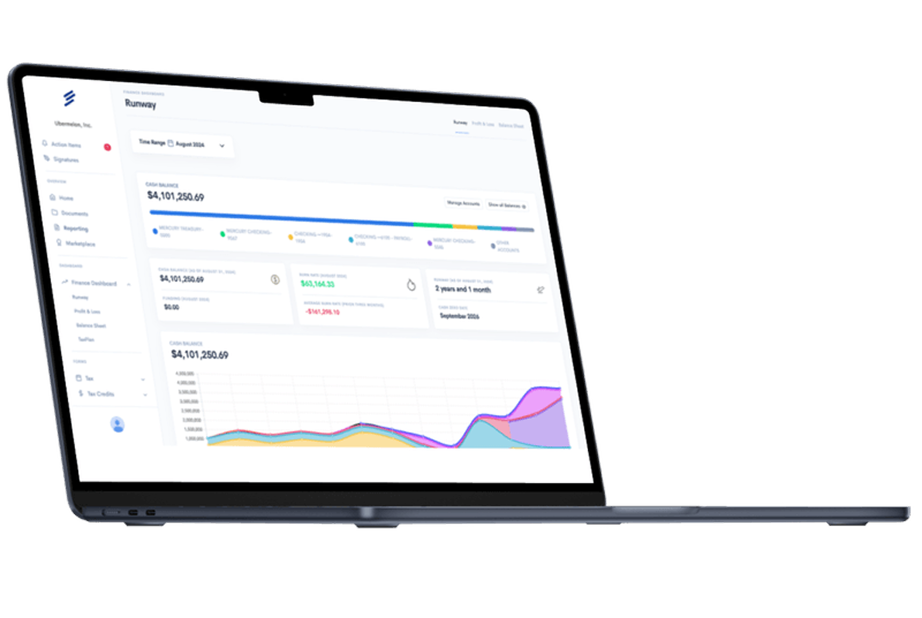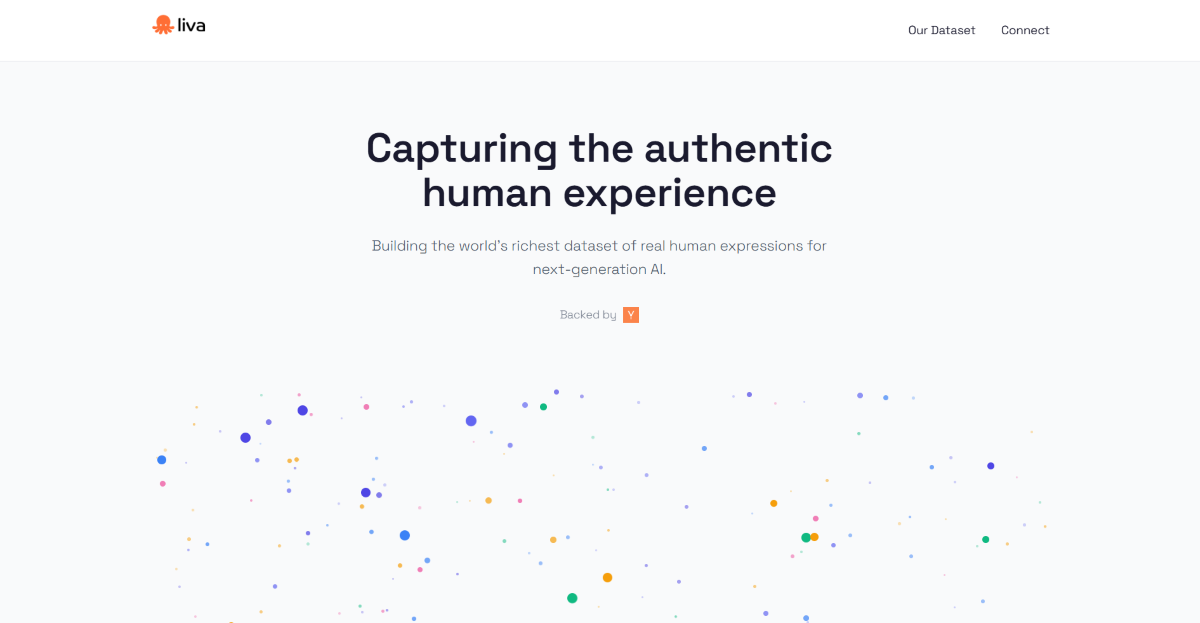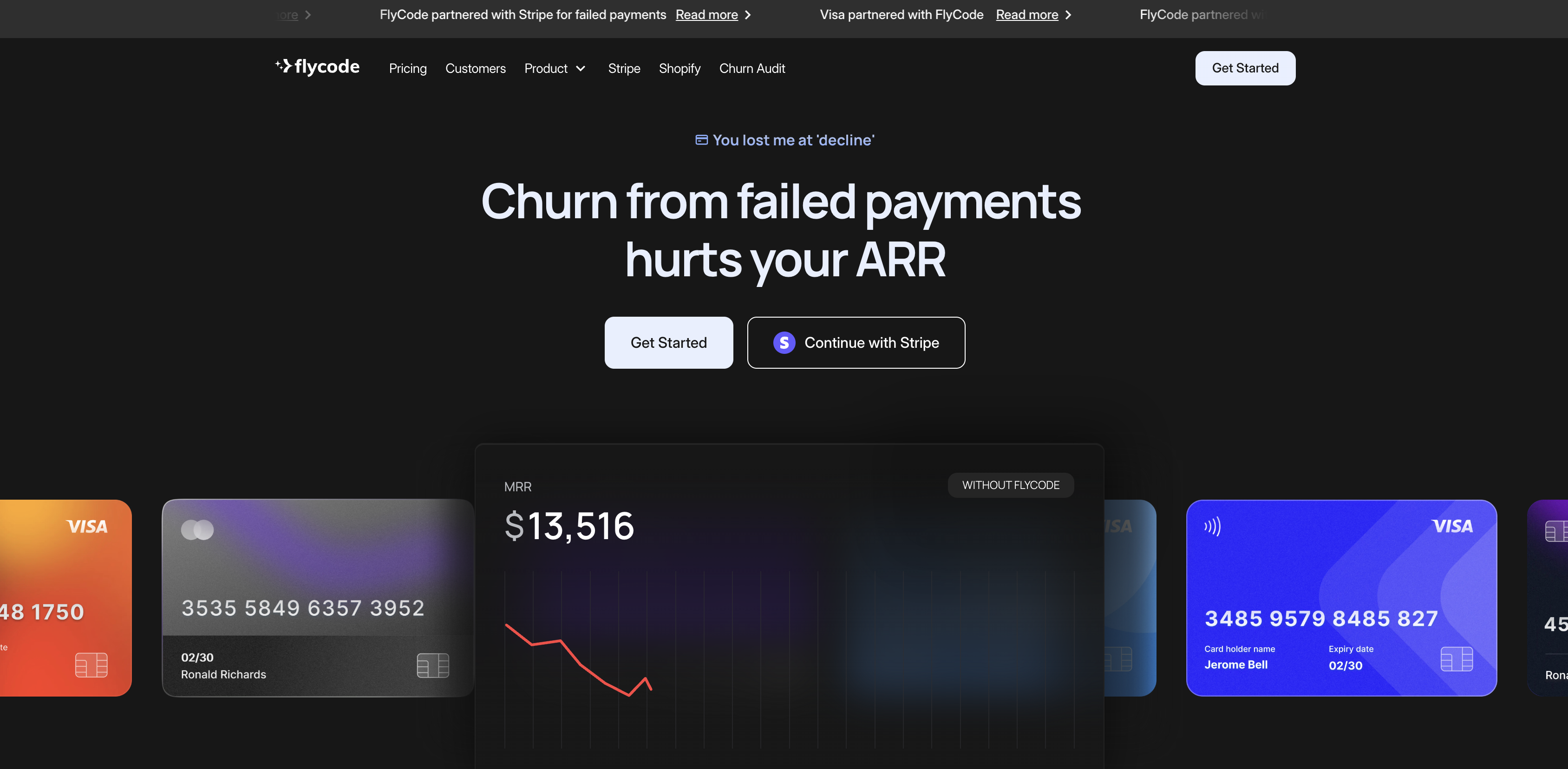Small business owners face numerous challenges when it comes to managing payroll efficiently.
Small business owners face numerous challenges when it comes to managing payroll efficiently. Two popular solutions that consistently appear in conversations are Zoho Payroll and Gusto. Both platforms offer comprehensive payroll processing capabilities but differ significantly in their approach to user experience, compliance management, and integration options. This comparison will help you understand the key differences between these popular payroll solutions, enabling you to make an informed decision that aligns with your specific business requirements. Whether you're a small business owner looking for your first payroll system or considering switching providers, understanding how these platforms compare across essential dimensions will guide your selection process.
How Do Zoho Payroll and Gusto Compare?
Zoho Payroll and Gusto represent two distinct approaches to payroll management for small businesses. Zoho Payroll offers a straightforward pricing structure at $39 per month plus $6 per employee, including all features without tiered limitations. This flat-rate model potentially provides better value for businesses needing comprehensive payroll capabilities without premium pricing tiers. The platform excels within the Zoho ecosystem, offering seamless integration with other Zoho applications like Books, People, and Expense, creating a unified experience for businesses already invested in these tools. Zoho's strength also lies in its automation capabilities and reporting functionality, with customizable reports and real-time analytics that help businesses make informed decisions about labor costs.
Gusto, meanwhile, has built its reputation on exceptional US payroll and benefits administration with an intuitive, modern interface that emphasizes simplicity without sacrificing functionality. The platform offers tiered pricing plans that scale with business needs, though specific pricing details vary based on selected features and company size. Gusto's comprehensive coverage across all 50 US states gives it a significant advantage for businesses with employees in multiple locations, compared to Zoho's more limited state-level compliance for only 21 states. User feedback consistently rates Gusto's overall experience higher in terms of ease of use, interface design, and customer support quality, making it particularly attractive for businesses prioritizing user-friendly solutions with minimal training requirements.
Both platforms support essential features like direct deposit, employee self-service portals, and tax form generation, but their implementations and specializations create distinct advantages depending on your business context. The ideal choice depends on factors including your geographic location, existing software ecosystem, compliance requirements, and specific payroll processing needs. Understanding these nuances will help you select the platform that best supports your business operations and growth trajectory.
Why User Experience Matters in Payroll Software
User experience significantly impacts adoption and satisfaction with payroll software, affecting everything from implementation time to ongoing efficiency. Gusto has earned widespread praise for its intuitive interface that makes complex payroll processes accessible to non-specialists, particularly benefiting small business owners without dedicated HR staff. New users can quickly navigate the platform with minimal training thanks to clear layouts and guided workflows that simplify payroll management. The thoughtful design reduces the learning curve and helps prevent costly errors that might occur with more complicated systems.
Zoho Payroll offers a functional interface described as "clear and easy-to-learn," though some users find it less intuitive than Gusto's streamlined approach. The interface reflects Zoho's position within a broader suite of business applications, sometimes requiring navigation between different Zoho products to complete related tasks. This interconnected design creates advantages for businesses already familiar with the Zoho ecosystem but may present a steeper learning curve for new users. The platform's organization follows logical workflows but generally demands more technical understanding than Gusto's more accessible design.
Mobile accessibility represents another important aspect of user experience, with both platforms offering applications for on-the-go access. Gusto's mobile experience maintains the same user-friendly approach as its desktop version, while Zoho's Employee Portal app allows employees to access pay stubs and manage time-off requests. For businesses with remote or distributed teams, these mobile capabilities provide valuable flexibility in managing payroll functions from anywhere, though Gusto's implementation generally receives higher ratings for consistency and ease of use across devices.
What Integration Capabilities Should You Consider?
The ability to connect payroll systems with other business applications significantly impacts operational efficiency and data consistency. Integration capabilities determine how seamlessly your payroll solution works with your existing technology stack, affecting everything from accounting accuracy to employee management. Effective integrations eliminate duplicate data entry, reduce errors, and create more streamlined workflows across your business operations.
Gusto demonstrates superior third-party integration capabilities with nearly 200 pre-built connections to popular business tools across various categories:
- Accounting integrations: Native connections with QuickBooks, Xero, FreshBooks, and a General Ledger Mapper for custom accounting software compatibility
- Time tracking solutions: Automatic synchronization with TSheets, When I Work, and other popular time management platforms
- HR platforms: Seamless data sharing with BambooHR, Zenefits, and similar employee management systems
- Workplace tools: Practical connections with Slack, Google Calendar, and other productivity applications
Zoho Payroll, while more limited in third-party connections, excels within its own ecosystem through seamless integration with other Zoho applications. This internal integration creates significant advantages for businesses already using multiple Zoho products:
- Zoho Books: Automatic recording of payroll expenses and tax liabilities in respective accounts
- Zoho People: Comprehensive HR management including performance tracking and learning systems
- Zoho Expense: Streamlined expense reimbursement processing within the payroll system
- Zoho Analytics: Advanced data visualization and business intelligence for payroll metrics
When evaluating integration needs, consider your current software investments and future technology plans. Businesses heavily invested in the Zoho ecosystem may find greater value in Zoho Payroll's native connections, while those using diverse software solutions might benefit more from Gusto's extensive third-party integration network. The right choice depends on your specific technology landscape and how centralized you want your business systems to be.
How Compliance Management Differs Between Platforms
Compliance with payroll regulations and tax requirements represents a critical concern that can significantly impact business risk and administrative workload. Both platforms approach compliance management differently, with varying levels of automation and geographic coverage. Understanding these differences is essential for businesses operating in specific regions or with particular regulatory concerns.
Gusto excels in US compliance management through comprehensive coverage and automation:
- Complete geographic coverage: Handles federal, state, and local tax calculations across all 50 US states
- Automated filings: Manages tax form generation, submission deadlines, and payment scheduling
- Guarantee protection: Offers tax penalty protection on some plans for additional peace of mind
- Regulatory updates: Automatically implements changes to tax rates and compliance requirements
Zoho Payroll provides more geographically targeted compliance features with strengths in specific regions:
- Limited US coverage: Offers full state-level compliance for only 21 US states, requiring manual steps elsewhere
- International editions: Provides specialized versions for India and UAE with region-specific compliance features
- Tax form generation: Creates necessary documentation including W-2s and 1099s for US businesses
- Compliance updates: Maintains current regulatory information within supported jurisdictions
Both platforms stay current with changing regulations and update their systems accordingly, but their implementation and coverage create distinct advantages depending on your business location. For US-based businesses operating across multiple states, Gusto's comprehensive coverage offers significant advantages in reducing compliance risk and administrative burden. Conversely, businesses with operations in India or the UAE might find Zoho's specialized regional editions more valuable for managing location-specific requirements.
How Do HR and Benefits Management Compare?
While both platforms handle core payroll functions effectively, they differ significantly in their approach to broader HR and benefits management capabilities. These differences affect how comprehensively each platform can address employee management needs beyond basic payroll processing. Understanding these distinctions helps businesses determine whether they need a unified solution or can effectively manage with separate systems for payroll and HR functions.
Gusto positions itself as a comprehensive HR platform with exceptional benefits administration capabilities integrated directly into its payroll system. This unified approach creates several advantages:
- Health insurance management: Direct integration with major providers across all US states
- Retirement benefits: 401(k) administration with automated contribution processing
- Employee self-service: Streamlined onboarding and benefits enrollment through a single portal
- Compliance management: Automated handling of benefits-related regulatory requirements
Zoho takes a more modular approach to HR functionality, offering basic features within Payroll while providing more comprehensive capabilities through integration with Zoho People:
- Basic HR in Payroll: Leave management and reimbursement claims processing
- Extended HR through Zoho People: Performance management, time tracking, and learning systems
- Modular flexibility: Ability to select and pay for only needed HR components
- Ecosystem integration: Consistent data flow between HR and payroll functions when using both systems
For businesses seeking comprehensive HR capabilities alongside payroll management, Gusto's all-in-one approach provides more immediate value without requiring multiple platform subscriptions. However, Zoho's modular structure offers greater flexibility for businesses with specific HR needs or those already using Zoho People for employee management. The best choice depends on your preference for integrated versus specialized systems and your existing HR technology investments.
What Reporting and Analytics Features Matter Most?
Effective reporting and analytics capabilities allow businesses to derive strategic value beyond basic payroll processing, transforming transactional data into actionable insights. These features affect your ability to understand labor costs, identify trends, and make informed decisions about workforce management. The reporting approaches of these platforms reflect their broader design philosophies and integration strategies.
Zoho Payroll offers superior reporting functionality with extensive customization options:
- Customizable reports: Flexible templates that can be tailored to specific business requirements
- Real-time analytics: Up-to-date metrics on various payroll dimensions for immediate insights
- Advanced visualization: Integration with Zoho Analytics for sophisticated data presentation
- Export flexibility: Multiple format options for sharing or further analysis in other systems
Gusto provides essential payroll reports focused on practical business needs:
- Payroll summaries: Comprehensive overviews of payment processing and distribution
- Tax liability reports: Clear documentation of tax obligations and payment status
- Employee details: Accessible information on individual compensation and deductions
- Basic export options: Standard formats for sharing data with accounting and other systems
The reporting differences reflect each platform's positioning, with Zoho emphasizing data analysis within its broader business ecosystem and Gusto focusing on straightforward, actionable information for small business owners. For businesses that prioritize data-driven decision-making and require detailed payroll analytics, Zoho Payroll's more advanced reporting capabilities provide significant advantages. Conversely, businesses seeking straightforward, essential reports without complexity might find Gusto's approach more aligned with their needs.
What Should You Know About Customer Support?
The quality of customer support can significantly impact user satisfaction and problem resolution, especially when dealing with critical functions like payroll processing. Support availability, responsiveness, and expertise create meaningful differences in the user experience, particularly during implementation or when addressing urgent issues. Understanding the support models of each platform helps set appropriate expectations for assistance when needed.
Based on user feedback, Gusto offers vastly superior customer support compared to Zoho Payroll, with several distinguishing characteristics:
- Multiple contact channels: Available through phone, email, and chat during US business hours
- Human support agents: Direct access to knowledgeable representatives for complex issues
- Responsive service: Quick resolution of questions and problems with minimal wait times
- Consultative guidance: Assistance with best practices beyond technical troubleshooting
Zoho Payroll provides more limited support options with mixed user reviews:
- 24-hour service: Available five days a week but with longer response times
- Technical focus: Primarily addresses system functionality rather than strategic guidance
- Documentation emphasis: Relies heavily on self-service resources for common questions
- Limited live options: No chat support, creating potential delays for urgent issues
Both platforms offer knowledge bases, help documentation, and community forums to supplement direct support. Gusto's resources tend to be more comprehensive and user-friendly, with clear explanations of complex payroll concepts and step-by-step guides. For businesses that anticipate needing regular support, especially those new to payroll management, Gusto's more responsive and comprehensive support offerings provide significant value over Zoho's more limited approach.
How Do Pricing Structures Affect Value?
Understanding the pricing structures of both platforms is essential for determining their value relative to your business needs and budget constraints. Pricing affects not only immediate costs but also long-term value as your business grows and requirements evolve. The different approaches to pricing reflect each platform's market positioning and feature prioritization.
Zoho Payroll follows a straightforward pricing structure for its US edition with transparent, predictable costs:
- Base fee: $39 per month for the platform regardless of company size
- Per-employee charge: Additional $6 monthly for each employee processed
- All-inclusive features: No feature restrictions based on pricing tier
- Free trial period: 14 days of full access to evaluate all capabilities
Gusto implements a tiered pricing model that scales with business needs and desired features:
- Multiple plan levels: Options ranging from basic payroll to comprehensive HR solutions
- Feature-based pricing: More advanced capabilities available in higher-priced tiers
- Per-employee charges: Additional costs based on workforce size across all plans
- Scaling considerations: Potentially higher costs for growing businesses needing premium features
When evaluating value, consider not just the direct costs but also time savings, reduced error rates, and administrative efficiency gained from each platform. While Zoho may offer lower direct costs for some businesses, Gusto's superior user experience and comprehensive US compliance features may deliver greater overall value through efficiency and risk reduction. The best value proposition depends on your specific business needs, existing software investments, and growth plans rather than simply comparing base pricing.
Which Platform Best Fits Your Business Needs?
Selecting the right payroll platform requires matching software capabilities with your specific business requirements, operational context, and growth trajectory. The ideal solution should reduce administrative burden, ensure compliance, integrate with your existing systems, and scale with your business growth. Making this determination involves assessing several key factors that differentiate these platforms.
Consider these critical evaluation points when making your decision:
- Geographic coverage: Gusto's complete US state coverage versus Zoho's limited state compliance
- Ecosystem integration: Zoho's advantages within its own product family versus Gusto's broader third-party connections
- User experience priority: Gusto's intuitive design versus Zoho's more technical approach
- Support requirements: Gusto's responsive human support versus Zoho's more limited assistance model
- HR functionality needs: Gusto's all-in-one approach versus Zoho's modular structure
Your business context creates specific priorities that should guide your selection process. US-based businesses operating across multiple states will likely find greater value in Gusto's comprehensive compliance coverage and user-friendly approach. Conversely, businesses already invested in the Zoho ecosystem or with operations in India or the UAE might benefit more from Zoho Payroll's integration advantages and regional specialization.
Before making your final decision, take advantage of free trials offered by both platforms to evaluate their interfaces, features, and compatibility with your business processes. Pay particular attention to the aspects most critical to your operations, whether that's reporting capabilities, compliance management, or integration with existing systems. This hands-on experience often reveals practical considerations that might not be apparent from feature comparisons alone.
Ready to Transform Your Payroll Management?
Choosing between Zoho Payroll and Gusto ultimately depends on aligning platform strengths with your specific business priorities and operational context. Gusto emerges as the superior choice for US-based businesses seeking comprehensive payroll and benefits administration with exceptional user experience and customer support. Its extensive integration capabilities, complete US tax compliance coverage, and intuitive interface make it particularly well-suited for small to medium-sized businesses prioritizing ease of use and regulatory compliance across all states.
Zoho Payroll offers compelling advantages for businesses already invested in the Zoho ecosystem, especially those with operations in India or the UAE where its specialized regional editions provide valuable compliance features. The platform's strengths in workflow automation, customization options, and reporting capabilities make it valuable for organizations with specific process requirements or those needing detailed payroll analytics. The direct integration with other Zoho applications creates a unified business management experience that can streamline operations across functions for companies committed to this ecosystem.
Taking the next step toward improved payroll management starts with clearly defining your priorities and evaluating how each platform addresses your most critical needs. Consider factors beyond basic features, including user experience, support quality, compliance coverage, and integration capabilities that will affect your day-to-day operations. With the right payroll solution in place, you can reduce administrative burden, ensure regulatory compliance, and focus more energy on growing your business rather than managing payroll complexities.
Simplify Startup Finances Today
Take the stress out of bookkeeping, taxes, and tax credits with Fondo’s all-in-one accounting platform built for startups. Start saving time and money with our expert-backed solutions.
Get Started









.png)









